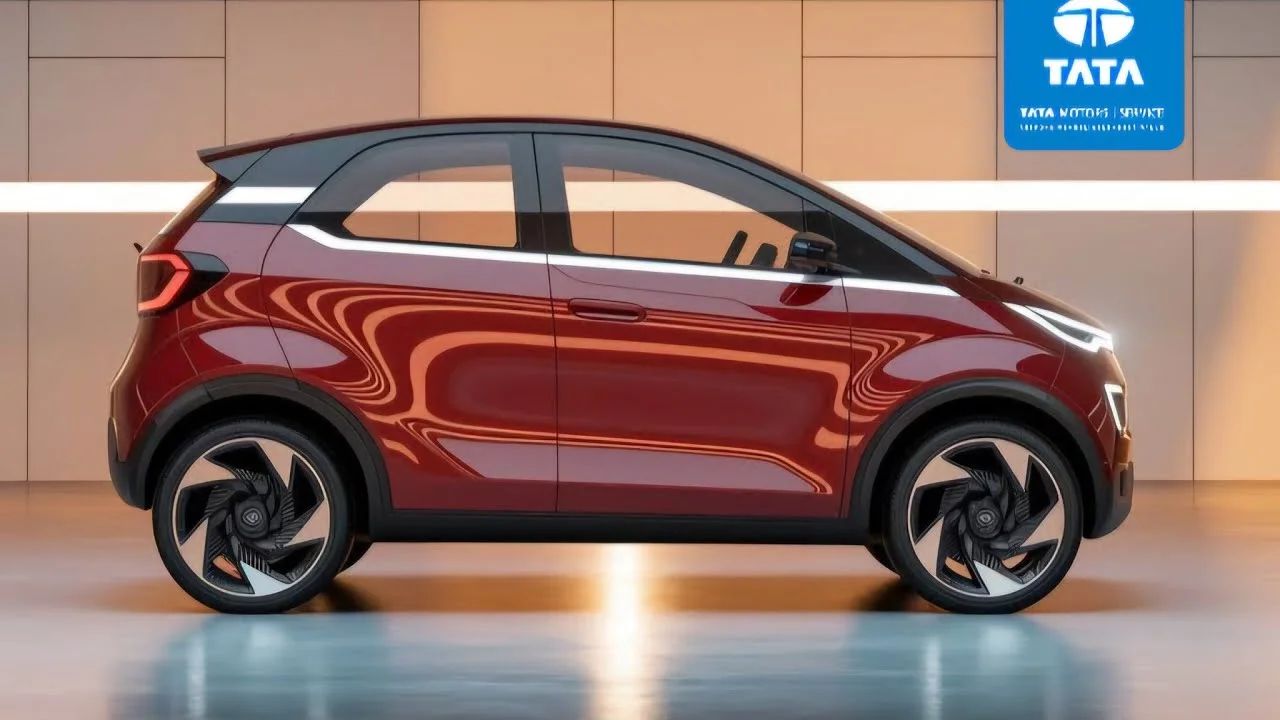The Tata Nano is a name that holds a unique place in India’s automotive history. Launched by Tata Motors in 2008, it was famously known as the world’s cheapest car. The idea behind the Tata Nano was simple yet revolutionary—to provide an affordable, safe, and comfortable alternative to two-wheelers for millions of Indian families. It aimed to transform everyday travel by offering a four-wheeled vehicle at the price of a motorcycle.
Why Was the Tata Nano So Special?
The standout feature of the Tata Nano was its unbelievably low price. At its launch, it was priced around ₹1 lakh, which roughly equaled $2,000 at that time. This pricing made the Nano accessible to a large section of the Indian population who had never dreamed of owning a car. The car was designed with practicality in mind—compact dimensions to easily navigate congested city roads, a small yet efficient engine, and just the right features to keep costs low.
Unlike scooters and motorcycles, the Tata Nano provided the basic safety of a roof, doors, and four wheels, which was a huge plus for families. It was a no-frills car focused on functionality and value rather than luxury or high-end features.
Features and Specifications of the Nano
Under the hood, the Tata Nano housed a modest 624cc petrol engine. This small engine delivered decent mileage, typically around 20 to 25 kilometers per litre, making it very fuel-efficient for urban driving. The car comfortably seated four people, though space inside was tight but adequate for city travel.
The initial versions of the Tata Nano came with very basic features — no power steering, no air conditioning, and a simple dashboard. However, as time went on, Tata Motors introduced updated models with improvements such as air conditioning, power windows, better interior finishes, and enhanced safety features.
Also Read – Lincoln Penny Found Behind Wall Clock Is Driving Collectors Wild
Challenges That Nano Faced
Despite its affordable pricing and innovative concept, the Tata Nano struggled with its market image. Many potential buyers saw it as a “cheap car” rather than an “affordable car,” which affected its desirability. The perception that owning a Nano meant lower social status played a significant role in its limited acceptance.
Safety concerns also emerged after a few reported incidents of Tata Nano catching fire. Although Tata Motors quickly addressed these issues with design improvements and stricter quality control, the damage to the Nano’s reputation lingered.
Another major challenge was the rapid growth of the Indian economy. As incomes rose, buyers preferred bigger and more feature-packed cars over a basic budget vehicle. The desire for status and comfort often overshadowed the Nano’s affordability advantage.
The End of the Tata Nano Era
By 2018, the Tata Nano’s sales had dropped significantly, and in 2020, Tata Motors officially ended its production. While the Nano didn’t achieve the commercial success Tata had hoped for, its impact on the automobile industry was undeniable. It proved that a car could be engineered and manufactured at an extremely low cost without compromising basic functionality and safety.
The Tata Nano inspired other carmakers to explore affordable car segments and rethink cost-effective production techniques. It remains an important case study in innovation, cost engineering, and market dynamics.
Frequently Asked Questions About Tata Nano
Why was the Tata Nano so cheap?
The Tata Nano’s affordability was achieved by using fewer materials, a smaller and simpler engine, minimalistic features, and innovative production techniques. Tata Motors also optimized the manufacturing process to keep costs low without compromising on safety essentials.
Was the Tata Nano safe?
Early models faced some safety criticisms, especially after a few fire incidents. However, Tata Motors responded by enhancing safety features in later versions. Despite these improvements, being a small car, it could not match the crash safety standards of larger vehicles.
Why did the Tata Nano fail in the market?
One of the main reasons was the perception issue—it was seen as a “poor man’s car,” which many buyers wanted to avoid. Additionally, as India’s economy expanded, consumers preferred more spacious and feature-rich cars over the basic Nano.
Final Thoughts: The Legacy of Tata Nano
The Tata Nano was undoubtedly a bold experiment in the Indian automotive landscape. It challenged conventions by bringing a car within the reach of millions who previously relied solely on two-wheelers. Though it didn’t become a long-term success, the Nano will always be remembered as the “People’s Car” that aimed to democratize car ownership in India.
Its legacy goes beyond sales figures — it taught the industry valuable lessons in cost innovation, market positioning, and consumer expectations. The Tata Nano stands as a symbol of ambition, affordability, and a vision to make personal transportation accessible to every Indian family.
Some Important Link
| Telegram Group | Click Here |
| WhatsApp Group | Click Here |
| Home Page | Click Here |










